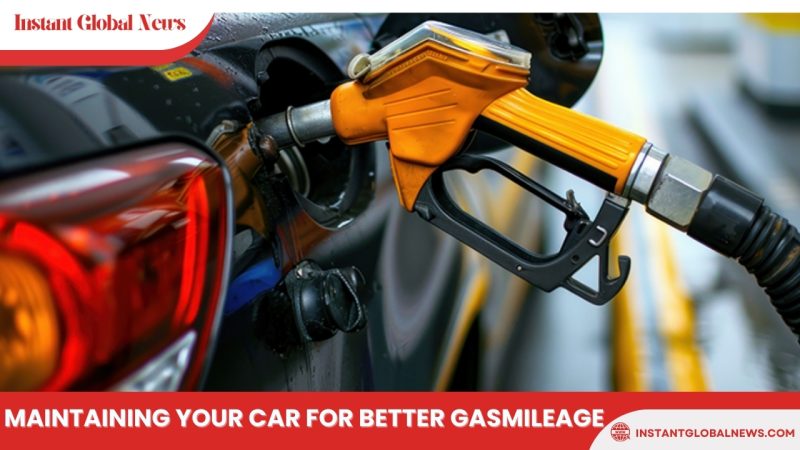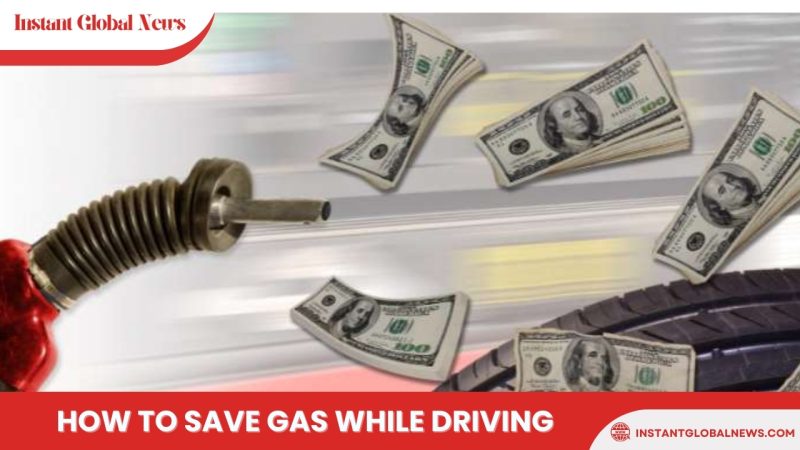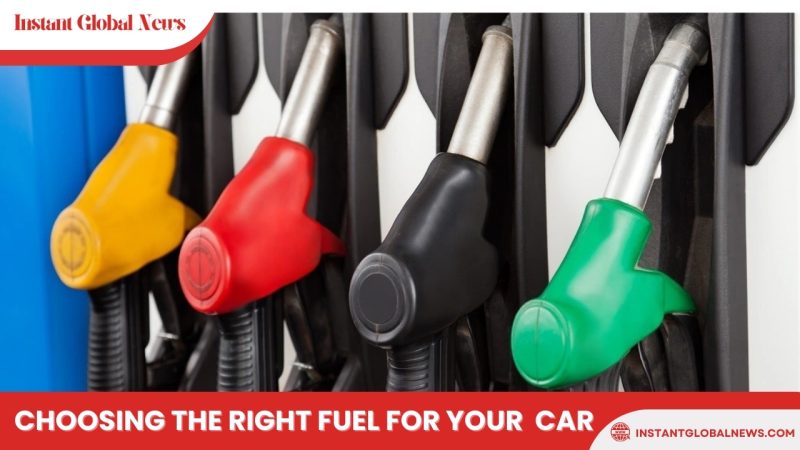Fuel-efficient driving is not only good for your wallet but also for the environment. By adopting these five simple techniques, you can lower your vehicle’s fuel consumption and carbon dioxide emissions by as much as 25% while improving road safety and extending the lifespan of your vehicle.
1. Accelerate Gently
The harder you accelerate, the more fuel you consume. When driving in the city, try to ease onto the accelerator pedal gently. Aim to take around 5 seconds to accelerate your vehicle up to 20 kilometers per hour from a stop. Imagine an open cup of coffee on the dashboard – don’t spill it! By being mindful of your acceleration, you can greatly increase fuel efficiency.
2. Maintain a Steady Speed
Constantly varying your speed between 75 and 85 kilometers per hour every 18 seconds can result in increased fuel consumption of up to 20%. To counter this, try to maintain a steady speed whenever possible. Consider using cruise control for highway driving, as long as the conditions allow. When traveling uphill, allow your speed to drop, and then regain momentum when going downhill. These small variations can be beneficial when gravity does the work for you.

3. Anticipate Traffic
Being aware of the road ahead while driving is crucial for both fuel efficiency and safety. By looking ahead and anticipating what other vehicles and pedestrians might do, you can maintain a steady speed and minimize unnecessary braking and acceleration. In addition to reducing fuel consumption, this also ensures a smoother and safer driving experience.
4. Avoid High Speeds
Did you know that most cars, vans, pickup trucks, and SUVs are at their most fuel-efficient when traveling between 50 and 80 kilometers per hour? Going above this speed zone significantly increases fuel consumption. For instance, driving at 120 kilometers per hour consumes about 20% more fuel compared to driving at 100 kilometers per hour. By adhering to speed limits and driving within the optimal speed range, you can save both time and money while reducing emissions.

5. Coast to Decelerate
Each time you use your brakes, you waste forward momentum and fuel. By observing traffic patterns and looking ahead, you can anticipate when it’s time to slow down and take your foot off the accelerator. Coasting to decelerate instead of using your brakes not only saves fuel but also prolongs the life of your brake pads. So, keep an eye on the road ahead and make the most of your vehicle’s momentum.
More Ways to Reduce Fuel Consumption
In addition to the five driving techniques mentioned above, here are some more easy ways to reduce fuel consumption and costs:
- Avoid unnecessary idling: Turn off your engine when stopped for more than 60 seconds, except in traffic.
- Measure tire pressure monthly: Properly inflated tires can improve fuel efficiency and prolong tire life.
- Use a manual transmission properly: Pay attention to the tachometer and shift gears for optimal fuel efficiency.
- Avoid carrying unnecessary weight: Remove any unnecessary items from your vehicle as they contribute to increased fuel consumption.
- Remove roof or bicycle racks: Streamline your vehicle by removing racks when not in use to reduce aerodynamic drag.
- Use air conditioning sparingly: Air conditioning can significantly increase fuel consumption. Open windows in the city and use the flow-through ventilation system on the highway. If you do use the AC, opt for the re-circulate option.
- Use a fuel consumption display: Many vehicles now come equipped with a fuel consumption display that provides real-time feedback on fuel efficiency. Use this feature to adjust your driving habits accordingly.
- Track your fuel consumption: Monitoring your fuel consumption allows you to identify trends, make adjustments, and save money in the long run.
- Plan ahead and combine trips: Mapping out your route, avoiding traffic, and combining multiple errands into one trip can reduce overall fuel consumption.
- Consider alternative transportation methods: Walking, biking, using public transit, carpooling, and telecommuting are all effective ways to reduce fuel consumption and contribute to a healthier environment.
FAQs
Q: How can I save money on fuel?
A: By practicing fuel-efficient driving techniques like accelerating gently, maintaining a steady speed, anticipating traffic, avoiding high speeds, and coasting to decelerate, you can significantly reduce fuel consumption and save money.
Q: Does fuel-efficient driving impact road safety?
A: Yes, fuel-efficient driving techniques not only save fuel but also contribute to road safety. By maintaining a steady speed, anticipating traffic, and avoiding sudden braking and acceleration, you can reduce the risk of accidents and create a safer driving environment.
Q: How much fuel can I save by adopting these techniques?
A: By implementing these fuel-efficient driving techniques, you can reduce your vehicle’s fuel consumption and carbon dioxide emissions by as much as 25%.
Conclusion
Driving in a fuel-efficient manner not only helps you save money but also reduces your environmental impact. By adopting techniques such as gentle acceleration, maintaining a steady speed, anticipating traffic, avoiding high speeds, and coasting to decelerate, you can significantly decrease your vehicle’s fuel consumption and carbon dioxide emissions. Additionally, by considering other tips like avoiding idling, maintaining proper tire pressure, and streamlining your vehicle, you can further improve fuel efficiency and reduce costs. Start implementing these techniques today and contribute to a greener and more sustainable future.




